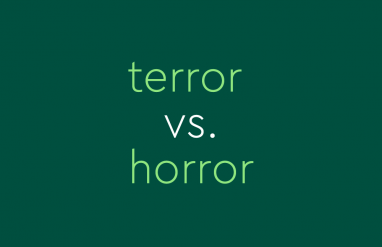⚡ Quick summary
Misdemeanors and felonies are two different categories of crimes, which are almost always distinguished from each other by the seriousness of the crime. In general, misdemeanors are usually considered less serious crimes and have lesser punishments than felonies.
Misdemeanors and felonies are both crimes, but there are differences when it comes to what crimes they refer to and how severe the punishment will be if someone commits either of them.
In this article, we’ll take a bite out of crime by examining what the words misdemeanor and felony mean, explaining the common differences between them and providing examples of crimes that are typically considered to be misdemeanors or felonies.
What is a misdemeanor?
In general, a misdemeanor is a crime that involves a small amount of money, causes minor injuries, or results in low amounts of damage. Typically, a misdemeanor results in a fine of up to several thousand dollars and/or a short imprisonment. Often, misdemeanor offenders serve required prison time in county jails or lower-security state prisons.
Examples of misdemeanors
In the United States, crimes and punishments are determined by federal, state, and local laws. As a result, how specific acts are categorized depends on the particular jurisdiction where the crime was committed. Most jurisdictions consider less serious offenses or victimless crimes to be misdemeanors. Some examples of crimes that are usually classified as misdemeanors include:
- Vandalism
- Petty theft
- Trespassing
- Indecent exposure
- Simple assault
What is a felony?
Generally, a felony involves large amounts of money, results in a lot of damage, or intentionally causes severe trauma, injury, or loss of life. Punishments often include very large fines (potentially tens of thousands of dollars or more) and/or a long imprisonment. Most felonies are tried in state or federal courts, and prison time for felony offenses is often served in high-security state or federal prisons. In the United States, felonies are the types of crime that can potentially result in capital punishment or life imprisonment.
Examples of felonies
As with misdemeanors, felonies are determined by federal, state, and local laws, and how a crime is categorized depends on the jurisdiction. Most jurisdictions consider serious offenses—especially those that cause serious harm or death—to be felonies. Some examples of crimes that are usually classified as felonies include:
- Murder
- Kidnapping
- Arson
- Sex crimes
- Grand larceny
- Drug trafficking
What is the difference between a felony and a misdemeanor?
Regardless of specific laws, a misdemeanor is usually considered less serious than a felony and often results in punishments that are less severe. As a result, misdemeanors are usually tried in local and state courts, while felonies are usually tried in state or federal courts. Both types, however, are generally part of a person’s criminal record.
The least serious crimes, such as littering or parking violations, are often not even considered to be misdemeanors, especially if no one was hurt and property damage was minimal. These types of crimes are called infractions and are often referred to as minor offenses. Infractions are usually the jurisdiction of local or state governments, and punishment is generally just a small fine. They are not often part of a person’s criminal record.














